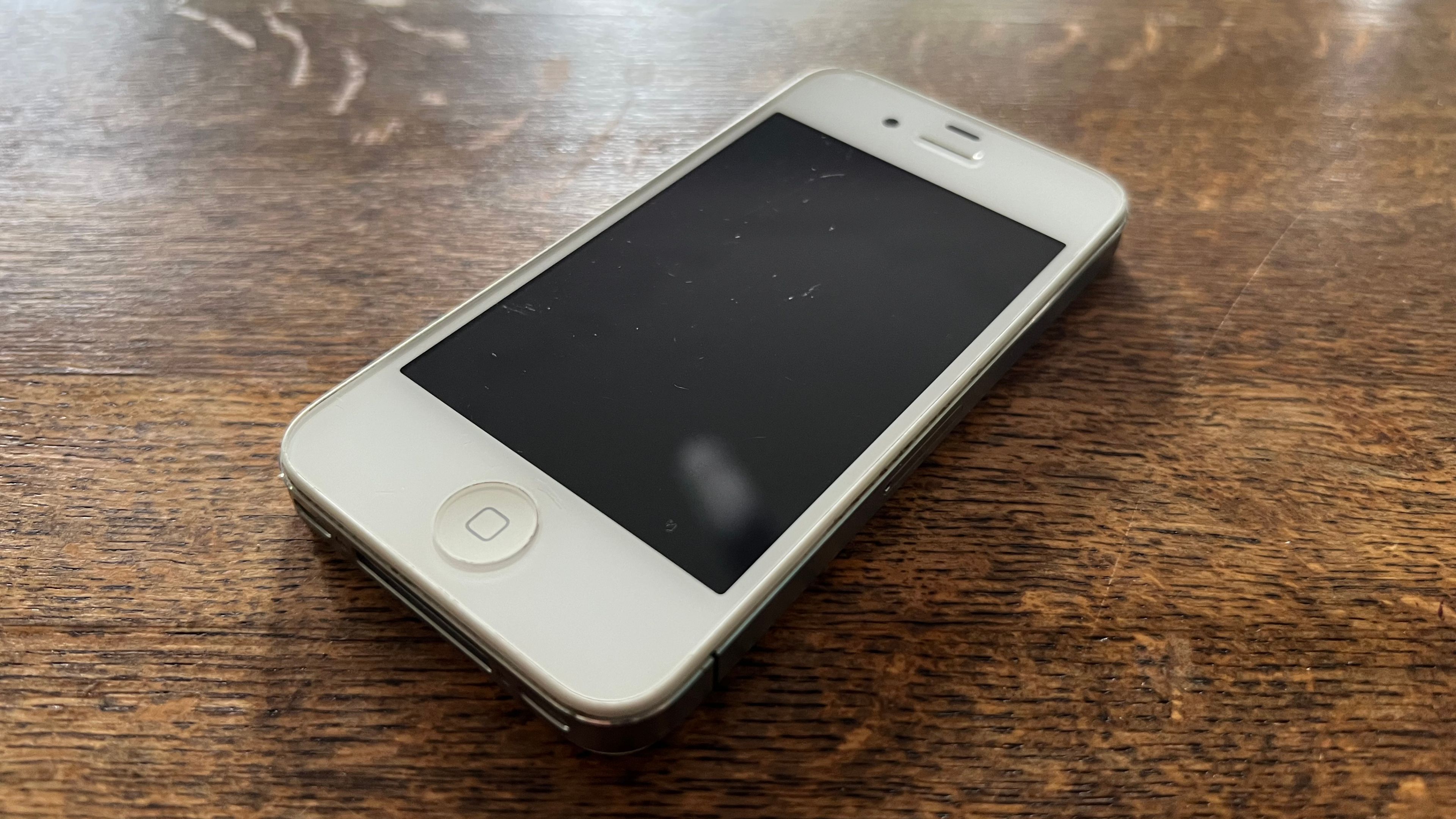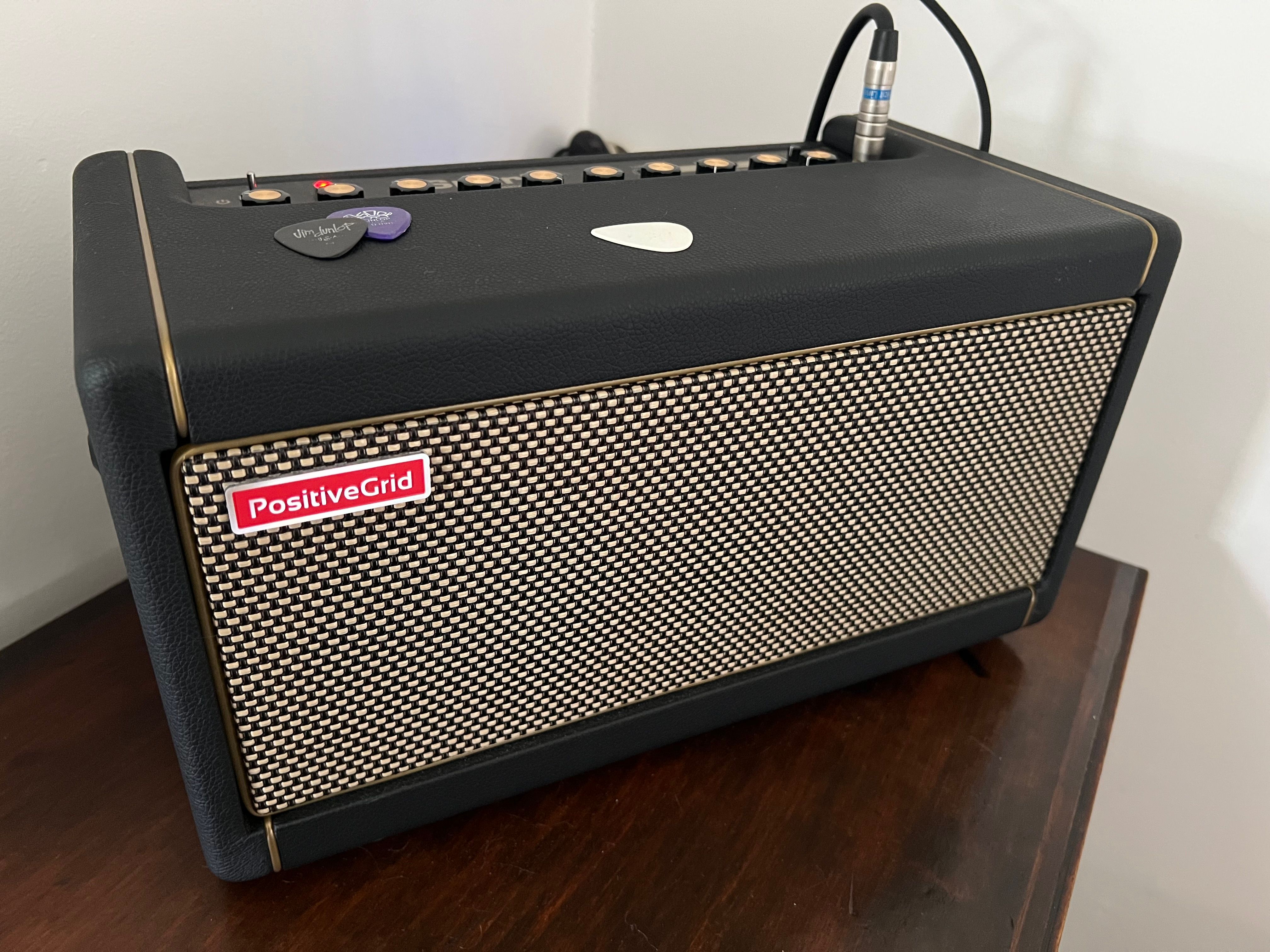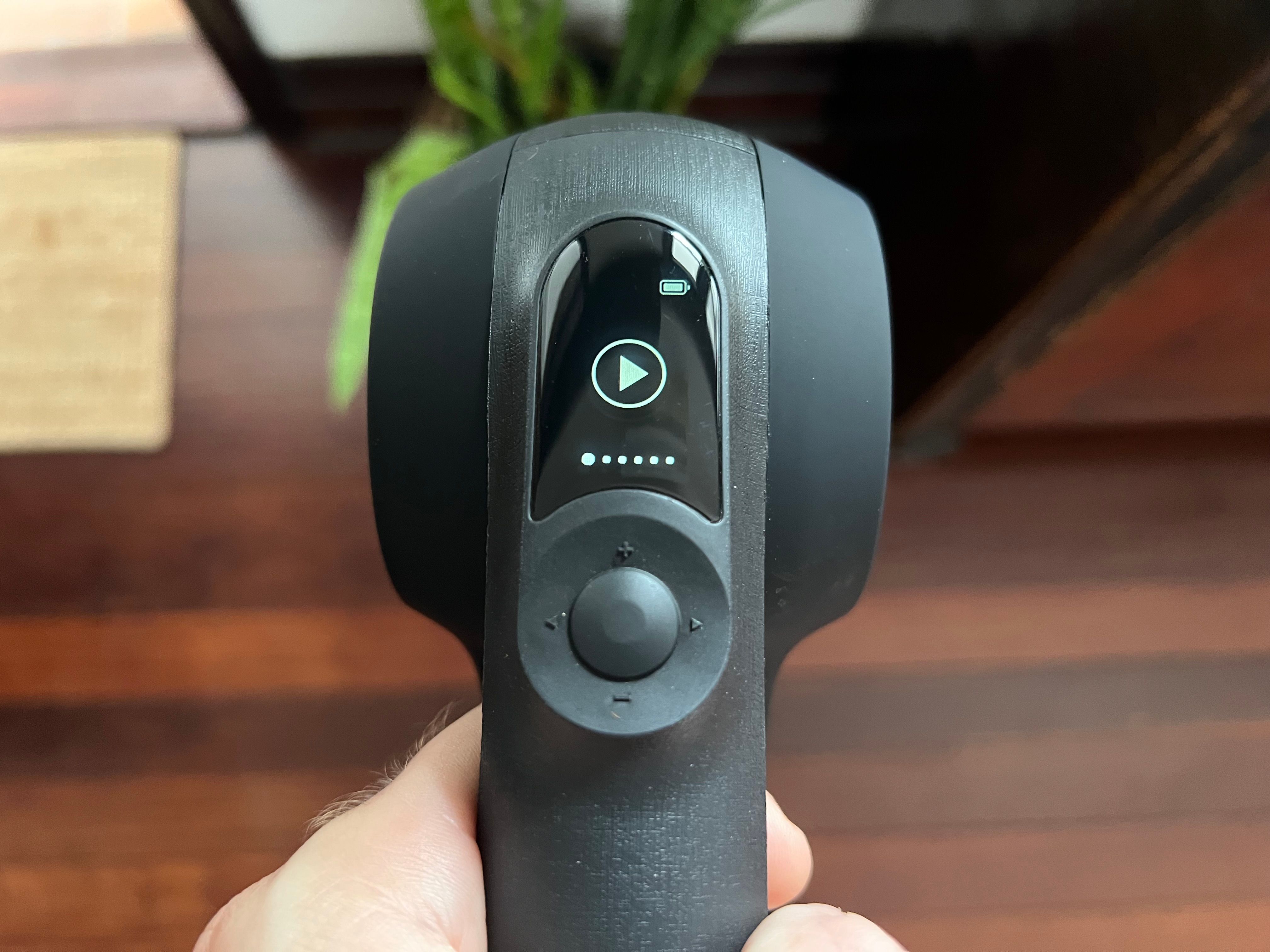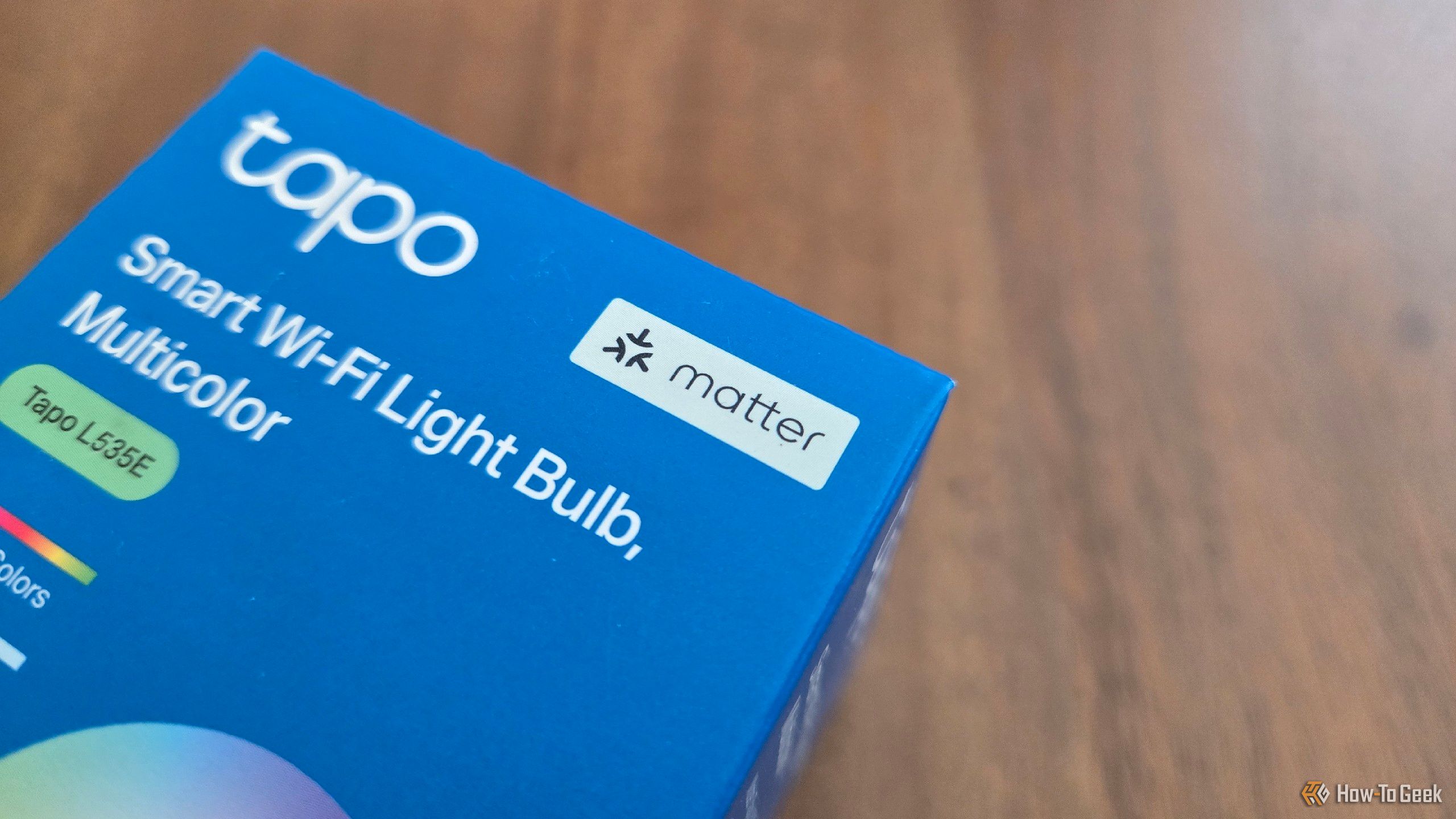Summary
- App control was an inescapable trend in the early 2010s, with companies eagerly developing apps for virtually everything.
- Despite initial appeal, the novelty of app-controlled experiences has waned as users prefer physical controls and automation.
- Smart homes have improved drastically since there is less dependence on individual apps thanks to comprehensive ecosystems like Apple HomeKit and the rise of the Matter standard for better interoperability.
Apple’s famous advertising slogan “There’s an app for that” feels suitably dated now. The early 2010s was a time when everything “needed” a mobile app, whether or not that app provided significant benefits over a website or not.
The most tiring example of this fad was arguably the pervasive trend of using apps to control things. While things have since died down, it hasn’t gone away altogether.
App Control Was Once All the Rage
In 2010, Apple was granted a trademark for its catchy “There’s an app for that” advertising one-liner. This was the same year that the iPhone 4 was released, when the original Angry Birds and Cut the Rope dominated the mobile charts, only two years after the company had introduced the App Store.
Not everyone had a smartphone at the time, but the writing was on the wall. It was clear that small, do-everything devices with cameras and Bluetooth would play a huge role in our lives in the years to come. A big part of that future lay in software, which helped set the scene for the incoming obsession with apps.
For a little while, the world went app mad. Companies raced to not only launch official apps for core services like email and search but for seemingly everything. Apps were cool, and having row upon row of pretty icons on your home screen was surprisingly desirable.
In the years that followed, app control of everyday devices started to become more prevalent too. This extended to obvious devices like smart TVs, kitchen appliances like refrigerators and washing machines, outdoor appliances like pressure washers, and even cars.
Thankfully, the app experience has been significantly streamlined since then. While many of us turn to apps for social media and other forms of mobile consumption, individualized app experiences have fallen out of favor. For many, the goal is now to avoid extraneous apps altogether, and big strides are being made to make this possible.
Despite this, some gimmicks still remain.
Connectivity Is Still an Issue
I have one device that I use almost every day that depends on an app connection to unlock its full functionality: a modeling guitar amplifier. The amp uses software wizardry to reproduce the sound of many different amp models. While it’s not as good as any of them on its own, it’s a cost-effective and space-saving way to gain access to a wide variety of tones and effects.
Unfortunately, the amp is utterly reliant on an app to access the vast majority of its features. While the app is surprisingly competent and pleasing to use, it’s not immune to what is perhaps every connected device’s kryptonite: the Bluetooth connection.
As I pick up a guitar almost every day, I turn the amp on and launch the app most days too. Unfortunately, the app never seems to remember the connection. While my iPhone loads the app from memory, changing settings does nothing until I kill the app. At this point, I have to hit “Connect” and wait for the two to pair again.
Sometimes, the amp simply refuses to pair. I’ll need to try multiple times, turning off the amp or restarting my iPhone. Occasionally, only forgetting the device from the list of Bluetooth connections will actually work. While not every device experiences these issues to the same extent that I do, I think it’s fair to say that Bluetooth is an imperfect technology that has barely improved outside of audio latency and improved range.
This is what prompted Apple to go it alone with its W1, H1, and H2 chips inside various AirPods models. These help to streamline the Bluetooth experience, making it easy to pair devices and switch between them automatically. It’s not perfect, because Apple hasn’t opened this technology up to third parties, but as an AirPods owner, I’m grateful for the overall experience.
If I Can Avoid Your App, I Will
Even devices with decent app-controlled experiences pale in comparison to physical knobs, buttons, or touch screens. If I can access these functions without unlocking my smartphone and pairing a device, I will.
The aforementioned guitar amp isn’t entirely beholden to an app for control. It’s got a full range of controls for modifying gain, reverb, modulation effects, and an equalizer. I can save four presets to the amp which are switched using physical buttons, and those are the presets I use more than any other. I have been known to go weeks using the same presets while making a few simple adjustments on the amp itself.
I recently purchased a percussive massage gun to aid recovery from gym-related (and other physical) injuries. The gun pairs via Bluetooth to an app, and can provide guided massages, adjusting the tempo and instructing you what to do next. Despite being the most effective app-guided experience I’ve ever had, I’ve probably used it twice.
A YouTube video would have been just as useful. It didn’t take long to commit the routine to memory, and now I can have a 10 or 15-minute massage rather than the programmed five-minute one, even if I have to adjust the speed myself via the physical buttons.
Apps shouldn’t ever replace the experience of turning something on and using it. If I need to use an app to use your device, I won’t be buying it.
Apps and Longevity
Outside of connectivity and convenience, longevity is also a concern. This is particularly problematic when it comes to devices that depend on apps to provide access to a full set of features. It’s something that bugs me about the guitar amp.
Can we really expect these apps to be around forever? What happens to the software when the company is acquired or closes its doors? In a perfect world, the keys to the castle would be turned over to the community in a show of open-source goodwill. In reality, this rarely ever happens.
So what happens when the apps are left to fester, or switched off altogether? These apps don’t necessarily need to be removed from the App Store in order to succumb, Apple has been found to remove old apps that haven’t seen updates for years. Sometimes, updates to iOS and Android can cause old apps to stop working—even something as trivial as an interface change can make controls inaccessible.
Smart Homes Are Finally Less Reliant on Apps
There’s an argument that a smart home isn’t really smart if you’re offloading control from a physical switch to a digital device. Home automation makes it possible for your lights to control themselves or for your thermostat to regulate temperature based on the time of day or whether you have a window open.
Nowhere has the app deluge been more fatiguing than in the smart home, but it’s also understandable. Every device that ships needs to have some fallback, usually in the form of a proprietary app that lets you change the color of your fairy lights or see who’s at the door.
But these days, you might never need to open a Philips Hue or the Reolink app outside of the initial setup. Smart home ecosystems like Apple HomeKit and Google Home tie everything together under one, slightly-less-proprietary system. They let you do things like create automations easily, across brands of devices.
Better still, with the arrival of Matter, smart home devices are now ecosystem-agnostic too. You can set up a Matter-enabled smart plug and add it to your Amazon-branded smart home, and if you switch to Google or Apple down the line, there’s nothing stopping you.
Nobody wants five different apps for five different gadgets, after all.
Apps were the hot new thing in the early 2010s, but now they’re just a fact of life. While they revolutionized some aspects of our lives, they further exemplified the gimmicky extent to which some manufacturers will go to in order to make their wares stand out. We’re currently going through a similar phase for AI.








